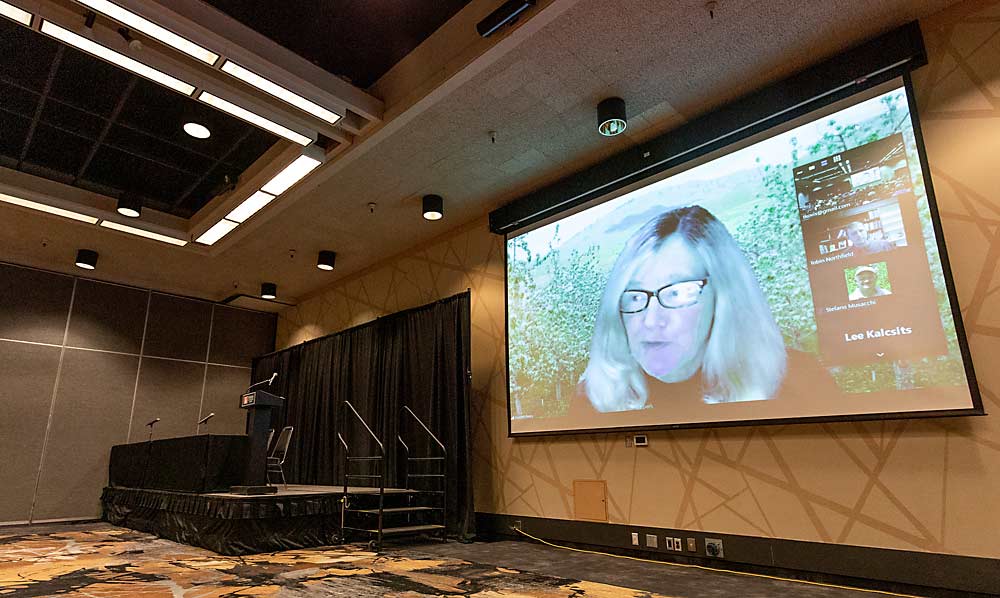
Tuesday morning at the Washington State Tree Fruit Association Annual Meeting focused on research into critical challenges for pest, horticulture and postharvest management.
In a session devoted to orchard research, Washington State University scientists shared updates on several new and concluding research efforts for which they have received large federal grants.
“I hope to convince you by the end of the talk that federal dollars matter and magnify the impacts of your research dollars in a big way,” said Betsy Beers, an entomologist with WSU in Wenatchee. Many federal grants require matching funds, and the Washington Tree Fruit Research Commission is perfectly positioned to direct industry priorities and provide those funds, making the industry more successful than other commodities are in the competition for grant funds.
“It is your long-term investment in the scientists that solve your problems that promotes investment by the federal government,” she said. “I hope this partnership continues long into the future.”
Beers talked about two such large-scale research projects focused on invasive insects, linking scientists from across the country, for brown marmorated stink bugs and spotted wing drosophila. The BMSB project is concluding after years of work to recommend management practices for the unpredictable pest, while the new SWD project will focus on reducing the reliance on chemical controls and moving toward a more sustainable integrated pest management system, she said.
The good news is that long-studied SWD biocontrols from its native host range in Asia have recently been found in British Columbia and Northwest Washington, Beers said, at the same time the regulatory officials have approved one of the parasitoids for release.
“It’s great to have that invective population that just showed up, even though we have a permit for releasing them,” she said. It takes time for federal scientists to rear up colonies, but “we have a giant backup for our colony; it’s called Whatcom County.”
Another big grant project that’s approaching its conclusion is focused on better understanding of apple rootstocks. WSU physiologist Lee Kalcsits shared findings from the team of scientists, led by Cornell University, who have been looking at how newer rootstocks can be best matched with growers’ needs to optimize orchard performance, especially for Honeycrisp.
Today, there’s more to rootstock choice than vigor, he said. Some take up nutrients better, while others are more adaptable to replant sites or abiotic soil stressors.
“Really, the right rootstock for your location is one that meets your vigor targets and requires as few interventions as possible,” he said.
As the research portion of the project concludes, the team plans to develop a decision aid tool that will help growers walk through the options available and help them prioritize, Kalcsits said.
WSU and Cornell are collaborating again on a new project looking at precision apple crop load management, which will explore both the fundamental science of fruitlet physiology and how new technologies can make it easier for growers to hit their crop load targets, said WSU physiologist Stefano Musacchi.
Another new project brings plant pathologists from major fruit producing regions together to look at fire blight — specifically how to better use biopesticides and systemic acquired-resistance products, given how climate and timing may impact their performance, said Tianna DuPont of WSU Extension.
Lastly, the session hosted updates from two task forces tackling major industry concerns: codling moth and little cherry disease.
“While we talk colloquially about little cherry disease, we’re dealing with two different diseases with two very different pathogens,” with different insect vectors, said WSU pathologist Scott Harper. “They both cause small, tasteless fruit you can’t sell.”
Speakers focused on X disease, which is currently widespread in Washington. Leafhoppers are its vector, and emerging science suggests that they feed on broadleaf orchard weeds that can also be a reservoir for the disease. Covering the orchard floor with reflective mulch can reduce trap catch by 8o to 90 percent, said WSU entomologist Tobin Northfield. Controlling the vectors with postharvest insecticide sprays is also very important, he said.
It remains critically important to scout for symptoms and remove symptomatic trees, which serve as a source of inoculum, DuPont said. Growers who are aggressive with insect control, scouting and removal have been able to keep the disease in check and keep blocks in production, she said.
—by Kate Prengaman

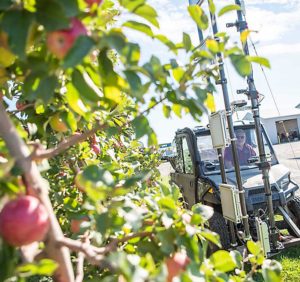
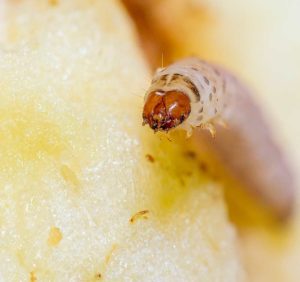
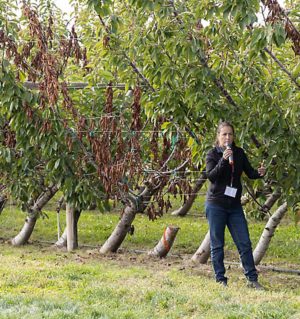
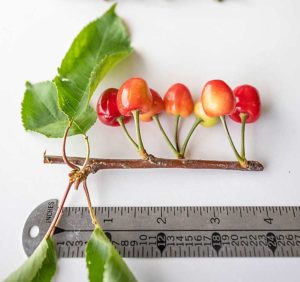





Leave A Comment